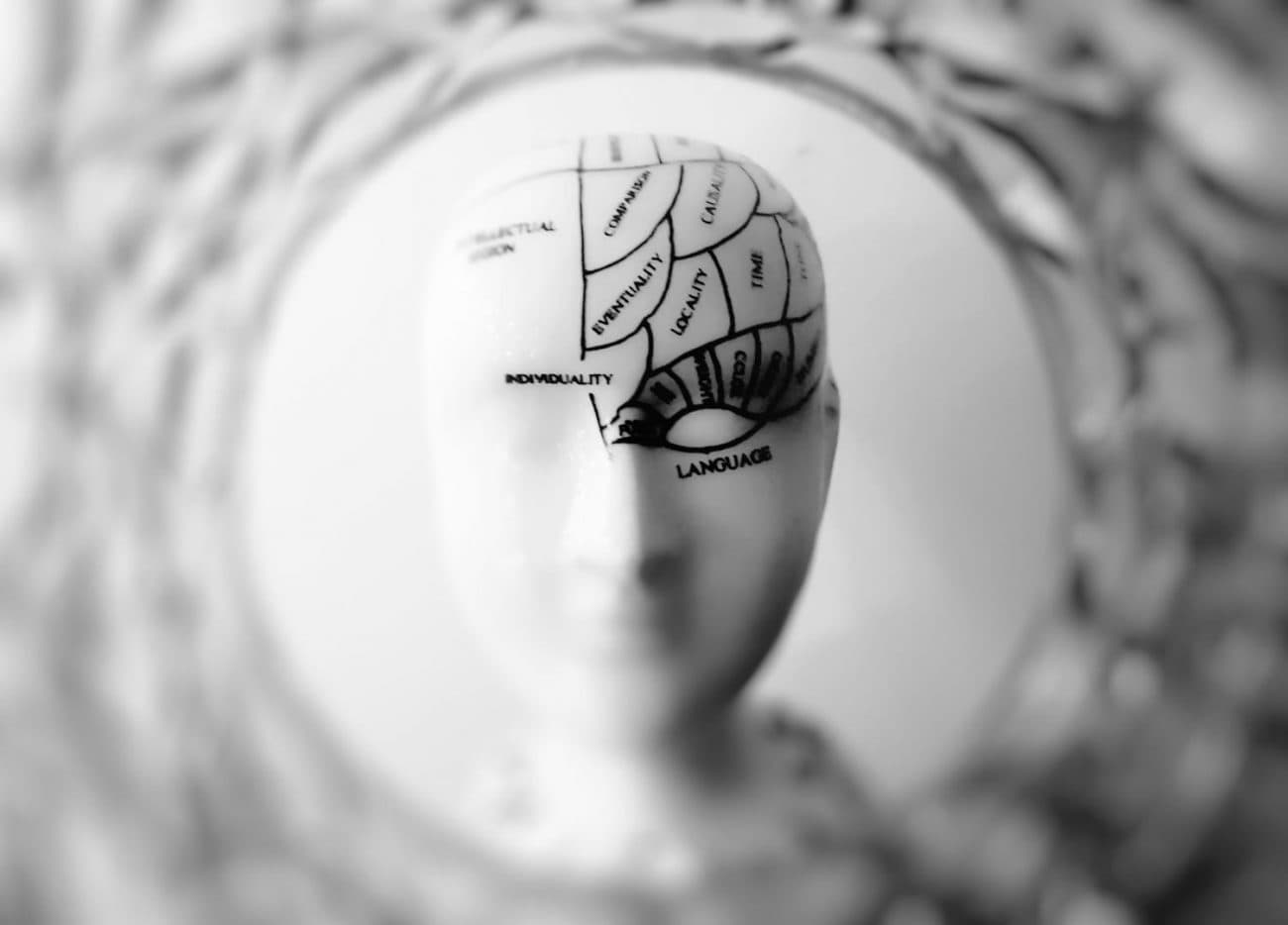Seinfeld fans love the irrationality and craziness of George Costanza; many of us can relate to some of his antics. While he may be crazy, he has given investors some great advice on how to be better investors. He didn’t give any explicit advice, but he taught us about human behavior, and how our responses can help or hurt us as investors.
The Amygdala – “Fear Center”
In season five, episode 19, George teaches us a lesson about how the amygdala works.
He is at a birthday party acting completely rational when he detects a fire. All of a sudden he rushes for the door, knocking over an elderly lady and peeling a kid off the door so he can get out first.
When we hear of the amygdala, we should think of one word: fear. This part of the brain is the reason we fear things outside our control. It also controls how we react to certain stimuli that we see as potentially threatening or dangerous. We see that when the amygdala activates, we may end up acting in a way we said we would never act. For investors, the amygdala is a powerful influence to get us to “sell low”.
What defense will you employ the next time markets sell off significantly? After all, the amygdala is a natural biological response – and it’s quite powerful.
Opposite George
Later in the show, George realizes that every instinct he has turns out to be wrong. He then decides to do the very opposite of the initial thought or feeling that comes to him, and experiences great success. Have you ever felt like that in investing, where you react fearfully to the news and then realize later that it was a mistake?
I’m not suggesting we throw out every initial thought we have, but we can become better investors by analyzing prior mistakes. Consider how the thought or impulse led us astray, where did we go wrong? And create a plan to minimize future occurrences.
My Role
A large function of my role is to ensure that financial decisions are made thoughtfully and deliberately. This has been easy over the last few years due to abnormally low volatility. The day will come when the market sells off significantly. At that day, we will be at the mercy of our amygdala and impulses that may influence us to make costly decisions.
That is why now is the time to create a response plan. We have a financial plan. This is about creating a behavioral plan. Let’s talk and prepare for the next downturn to ensure we make decisions to help you reach your goals. I look forward to the discussion.
Photo by meo from Pexels
(c) 2018 The Behavioral Finance Network. Used with permission



